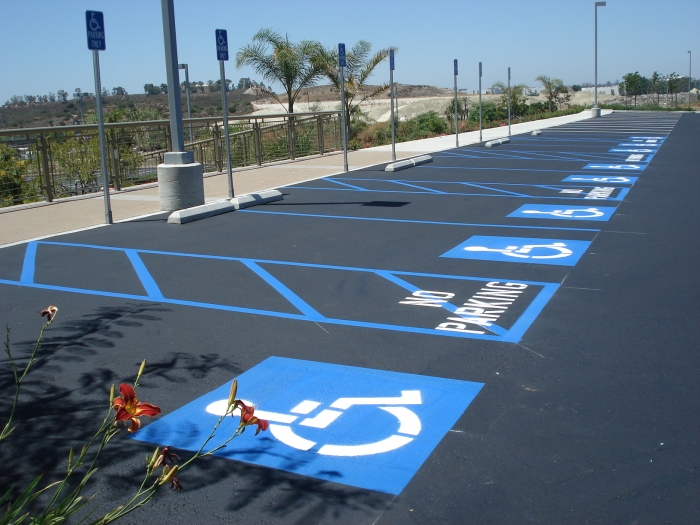Americans with Disabilities Act Compliance Upgrades
It should be no surprise to landlords that the Americans with Disabilities Act (ADA) has caused an uproar in the real estate industry. Under the ADA’s provisions, there have been countless jury verdicts and awards in favor of disabled individuals who encountered some type of barrier to access at a business establishment. The ADA was enacted in 1991 and has since been revised, in order to encourage property owners to provide for reasonable accommodations at their buildings and properties to disabled patrons of those businesses. For purposes of the commercial property owner, the law applies to any type of commercial property that is open for public accommodation. Although there are some exceptions, most properties with tenants in them are open for public accommodation and thus are included under the law.
Most ADA lawsuits brought on behalf of disabled persons allege multiple barriers to access (each barrier is a separate violation of the law) to show that the individual was indeed prevented from using the facilities in the manner contemplated under the law, rather than a minor technical violation of the law. Failure to comply with the law’s requirements may subject the property owner to penalties up to four times the amount of actual damages suffered by the individual, as well as payment of his/her attorney’s fees. As with most litigation, the thought of having to pay the other side’s attorney’s fees is reason enough to consider settling cases early and often. However, an individual bringing an ADA lawsuit against a property owner need only show one violation of the law, i.e. one barrier to access, in order to prevail on his/her claims, and accordingly to be awarded its attorney’s fees.
Contrary to what some believe, there is no immunity under the ADA for being “grand-fathered in,” i.e. owning a building before the law was enacted. The law applies equally to all property owners and was enacted to bring all properties up to a certain standard which would be accessible to all persons without regard to disability. However, some limited exceptions do apply to these voluntary upgrading requirements. One of these limited exceptions is if the property or building is physically incapable of compliance or repair due to its age or configuration. Nevertheless, owners are still required to make reasonable attempts at compliance in all respects. Another limited exception is if the repairs required to bring the property into compliance are financially burdensome on the property owner. In this scenario, the repairs are to be done in a piecemeal fashion, where appropriate, or gradually over time as finances permit.
For most property owners, required upgrades will include parking lot striping, restroom modifications, and entry way adjustments. For some bigger properties, these may also include wheelchair ramps and interior reconfigurations. The public policy embodied in the enactment of the ADA along with the specific penalties available against non-complying property owners should be enough to spur even the most reticent property owner into immediate action to make needed upgrades to their buildings or undertake a long-term program to achieve compliance with the law.
